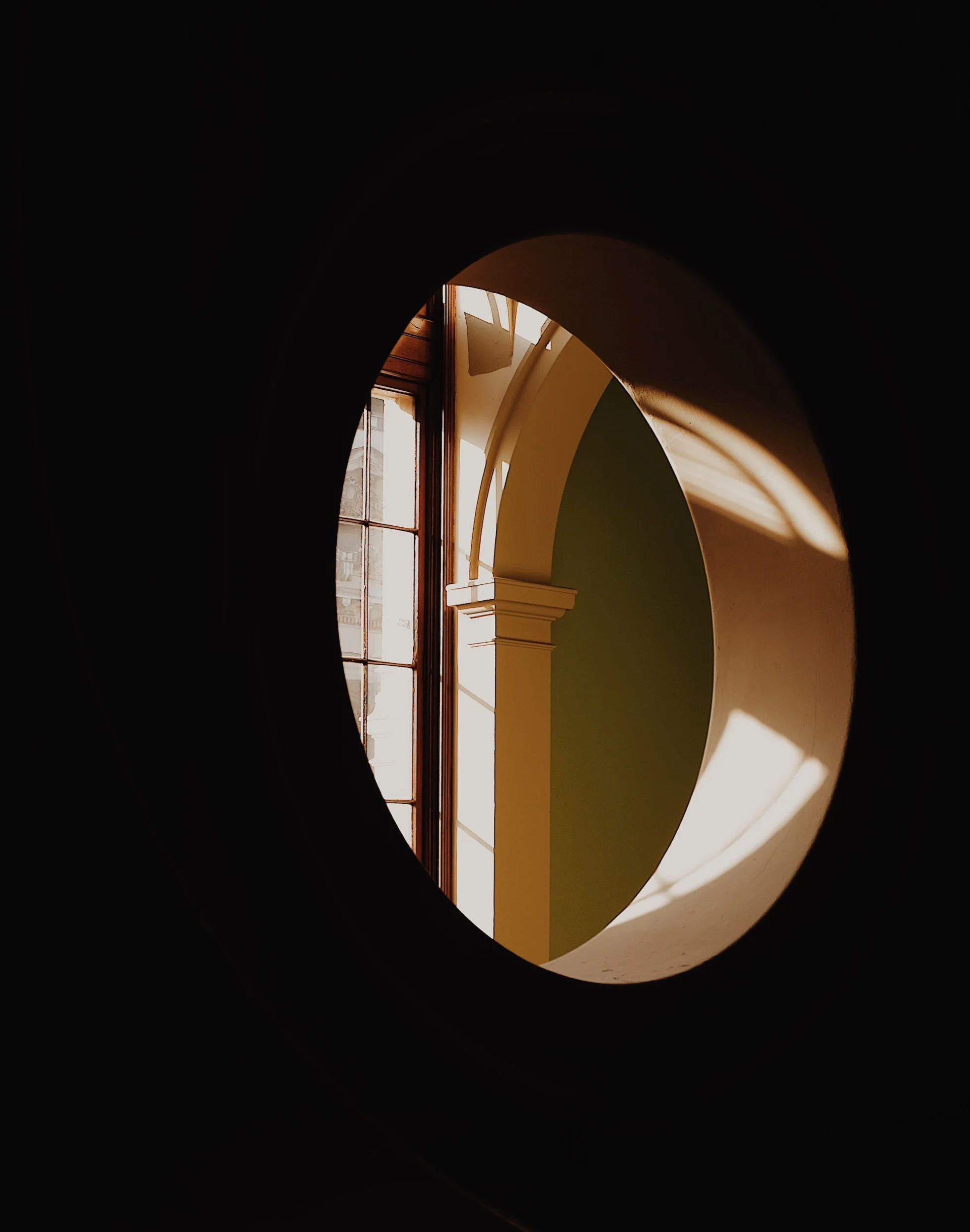On being pansexual.

The often misunderstood orientation and how it differs from bisexuality.
Pansexual–or pansexuality–are terms that have increasingly worked their way into popular vocabulary over the past ten years. While wildly recognized amongst LGBTQ+ orientations, many pansexual persons will likely express than there is a lack of understanding of the meaning. While considered by some to be similar to bisexuality, the Freudian-coined pansexuality is believed to broaden the definition and perhaps encompass more than bisexuality does. Considering the Semantics, we break down the origins of the misunderstood orientation.
How it's defined.
Pansexuality is usually defined as an attraction to people no matter their biological gender or their gender identity, “pan” being a Greek prefix meaning “all”.
As an orientation, pansexuality is different to bisexuality (which is often seen to imply an attraction to men and women) because it rejects binary gender and acknowledges that the pansexual person might be attracted to a nonbinary person who does not define as male or female too.
However, some bisexual people argue that bisexuality was never limited to two genders anyway, and is more about being attracted to people who are similar and different to yourself. The LGBTQ+ organization GLAAD actually places pansexual under the “bisexual umbrella”.
So ultimately pansexual or bisexual might not be so different, it’s up to the individual to decide which fits best.
A brief history
While pansexuality might be relatively new to many of our vocabularies, the term originated around the turn of the 20th Century, as a psychoanalytic term to describe Sigmund Freud’s theory of “pansexualism”–that everything was related to sexuality, sex a motivator of all things.
After a period without much visibility, in the 1970s, it reemerged as people started to use the word pansexual more similarly to how it is used today: as an orientation. A 1974 article about free love in The New York Times declared that bisexuality was becoming more common and that pansexuality would be soon to follow. In the 1980s, it was used at play parties and in BDSM communities as a way to describe being open to many different types of sexual experience, as well as people of various genders.
After the dawn of the internet, pansexual support groups appeared on LiveJournal and other forums, and in 2010, the pansexual flag emerged online, with a pink stripe, a blue stripe, and a yellow stripe in the middle.
More recently, as high profile celebrities like Janelle Monae and Miley Cyrus have said that they are pansexual, the media has written about it more and more, and it’s now an option on most mainstream dating apps and sites like Tinder and OKCupid. However, research is still scarce and there are no firm statistics on what percentage of the population is thought to identify as pansexual.
Understanding the experience
People who identify as pansexual – or sometimes just “pan” for short – report experiencing a few difficulties. According to one article where young pansexual people share their experiences, it can be received with misunderstanding, as well as met with stigma, whereby people assume you can’t make your mind up about who you want to be with, are hypersexualized or greedy.
The biggest misconception, according to HB, a pansexual student, is: “that we are trying to have sex with anyone and everyone–[but] I am attracted to certain personality types and physical features, just like anyone else.”
On the upside, pansexual people say that it can be a blessing; it leaves you open to many different experiences with many types of people. An article in The Guardian describes it as a “never say never” approach to sexuality – which is not to say that you choose pansexuality, but that being pansexual means that you do not draw the same kinds of limits around your sexuality as those of other orientations.
While you don’t have to be pansexual to be dating a nonbinary person, a recent study found that 25% of LGBTQ+ young people now identify outside of the gender binary, meaning that inclusive terms like “pansexuality”, used to describe affection or attraction outside the binary, are arguably more important than ever.


